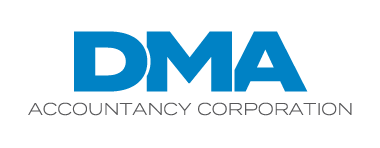To keep up with the ever-changing nature and demands of the 21st Century workplace, employers need to regularly identify, evaluate and occasionally roll out well-executed HR initiatives. Examples range from projects as ambitious as implementing a cloud-based HR portal for employees to the relatively simple act of scheduling a series of “lunch and learns” to boost skill sets and engagement.
Not surprisingly, when it comes to HR initiatives, the success or failure of any given objective depends largely on people.
Form strong teams
After clearly identifying the short- and long-range goals of an initiative, you need to establish a formal plan for carrying it out. The most important aspect of this plan is getting the right people involved.
First, appoint an implementation leader and give him or her the authority, responsibility and accountability to communicate and champion your stated objectives. (If you’re a smaller employer, you could oversee implementation yourself.)
Next, establish teams of carefully selected employees with specific duties and timelines under which to complete goal-related projects. Choose employees with the experience, will and energy to implement the plan. These teams should deliver regular progress reports to you and the implementation leader.
Focus on diversity (and budget)
On the surface, these steps may seem logical and foolproof. But let’s delve into what could go wrong with such a clearly defined process.
One typical problem arises when an implementation team is composed of employees only from the HR department. Often, they’ll execute an objective in a way that makes perfect sense on paper but is incomplete or impractical for employees on the ground — ultimately hindering the employer from meeting the intended goal.
To avoid this, encourage your HR staff to create teams that involve a diversity of employees from other departments. Depending on the initiative, you may need to include members of the sales and customer service departments if the effort could impact their jobs as customer-facing employees. Other initiatives may call for input from administrative, production or IT staff to ensure the action is operationally practical and sustainable.
Another common roadblock is money. Ensure your implementation plan is feasible based on your organization’s budget, revenue projections, and local and national economic forecasts. Ask the implementation team to include financial projections and expense reports in their regular progress updates. If you determine that you can’t (or shouldn’t) implement the HR initiative as written, don’t hesitate to revise it or even eliminate the effort entirely.
Get and stay real
HR is, by definition, about people. When devising HR initiatives, however, it’s easy to become enamored with an idea on paper or a spreadsheet. To give your organization a better shot at success and a solid return on investment. make sure you get and keep the right people involved. We can help you identify and manage the costs associated with your well-planned HR initiatives.
© 2021


Recent Comments